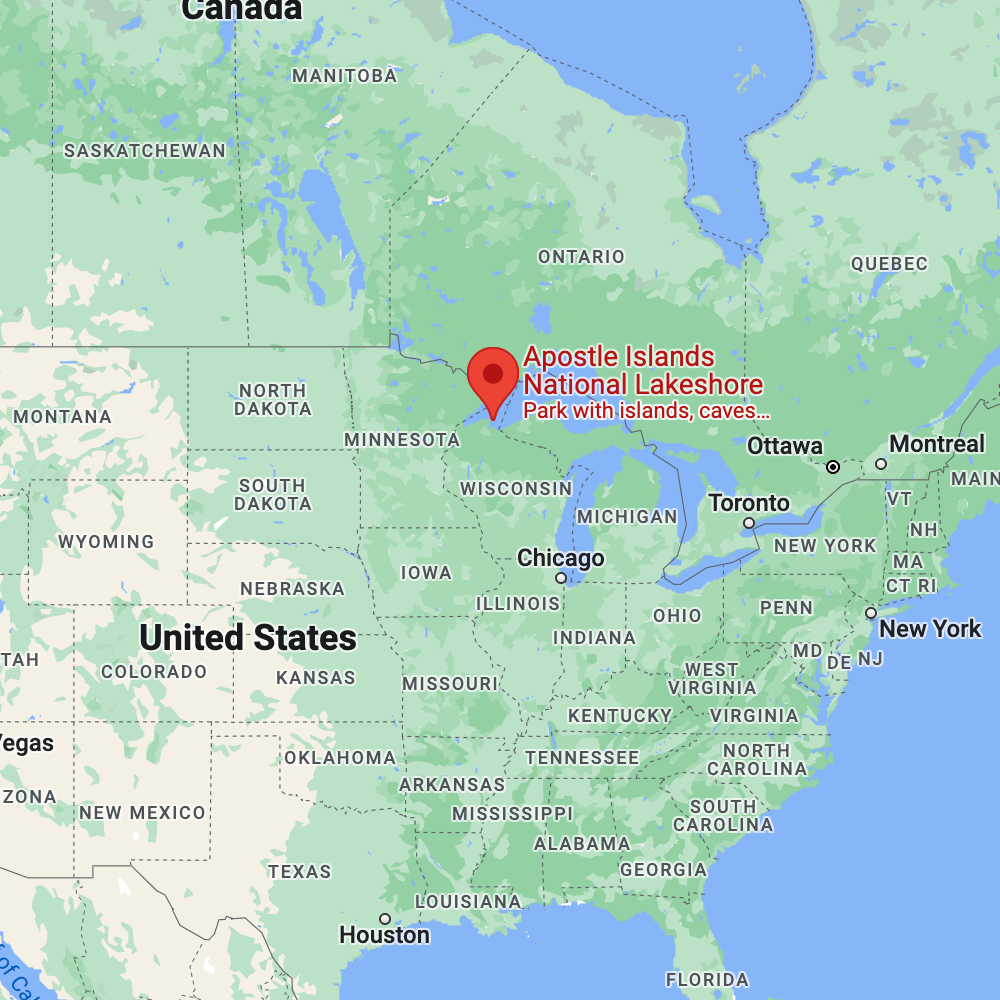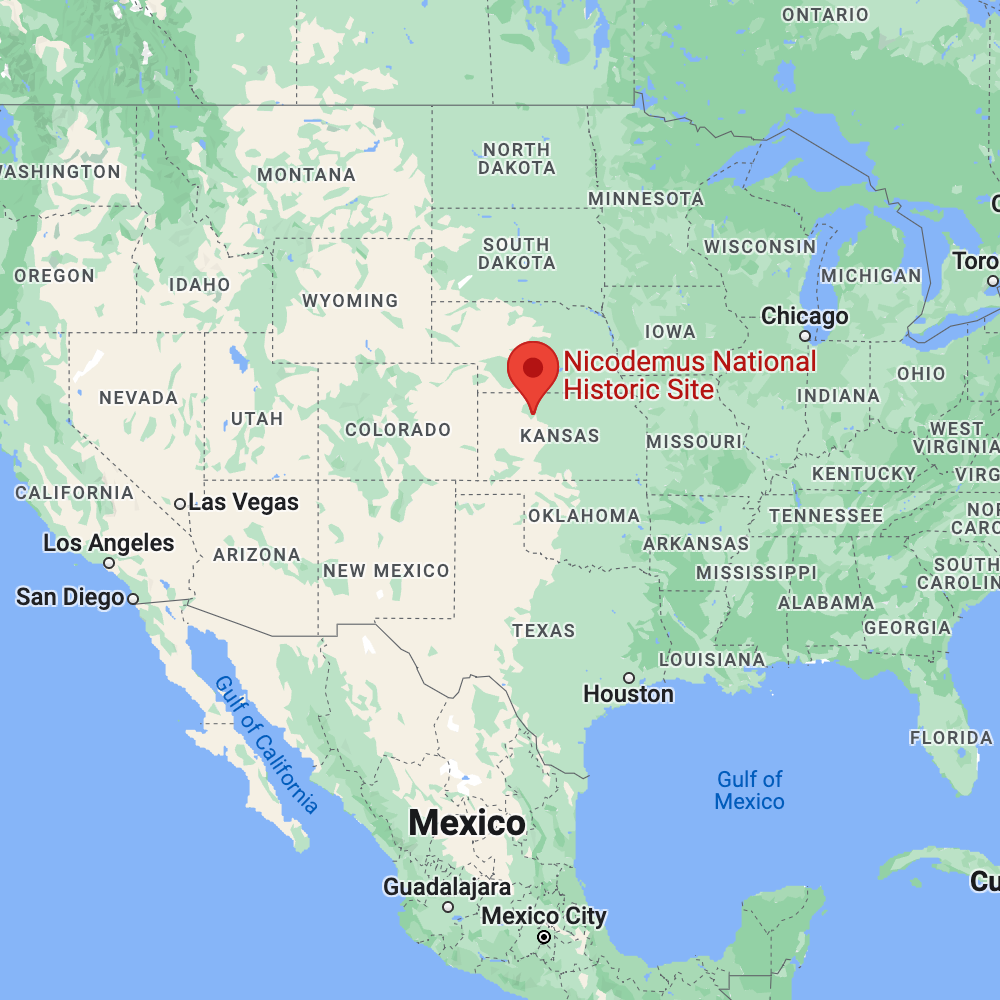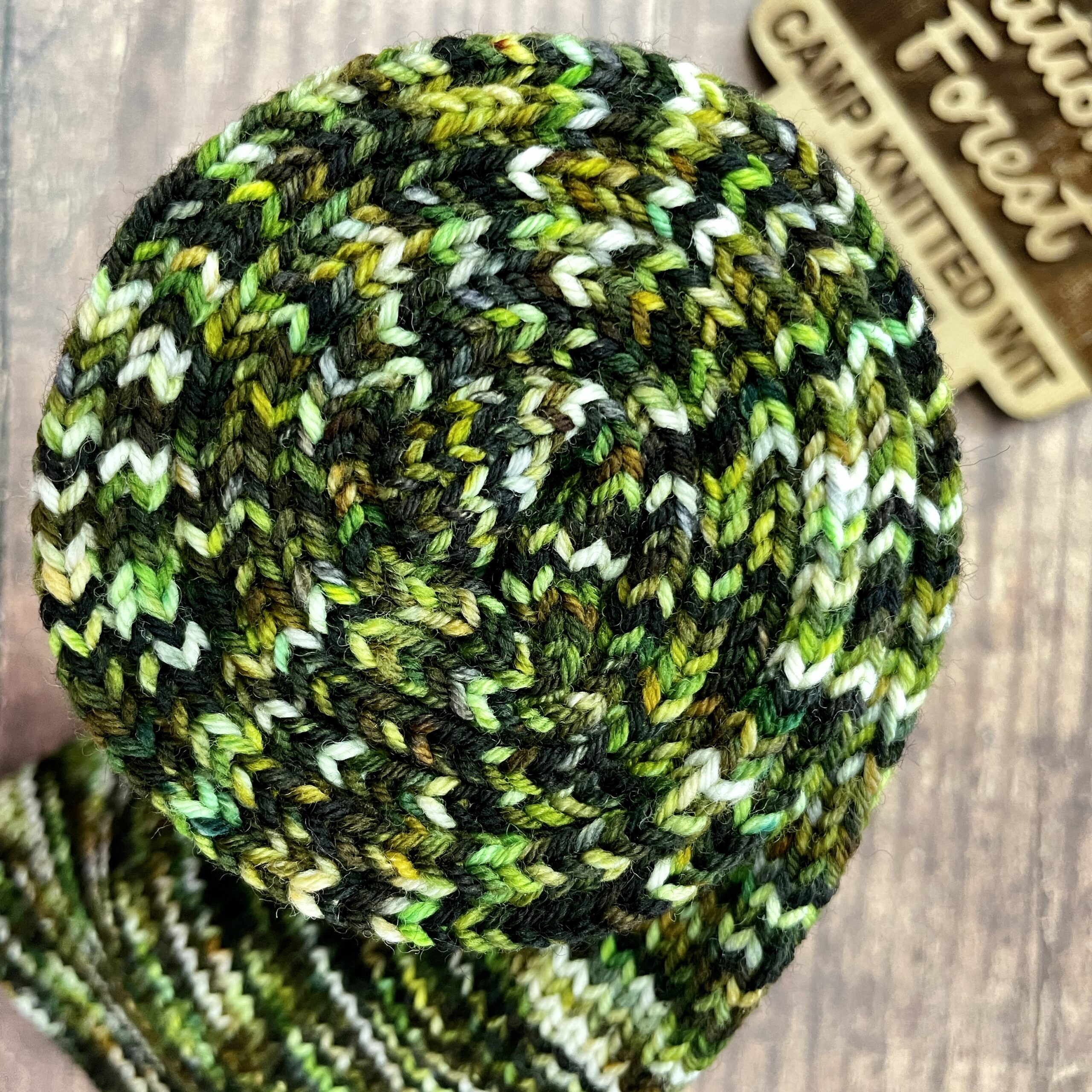It’s time for the annual National Parks Club/KAL!
Every month from May-August, we’ll be releasing 4 new parks colorways. We have almost exhausted all of the traditional US National Parks, so this year, we’ll be showcasing other National Parks areas, such as National Recreation Areas, Heritage sites, etc. Featured parks will fall under one of 4 categories:
- National History – Eastern USA
- National History – Western USA
- Indigenous Culture
- Human Rights Leaders/notable people
Check out our Socks and Hats on Vacay/Staycay summertime KAL with our friend Shannon Squire, too: https://shannonsquire.com/socks-hats-on-vacay-2022/
Thanks for exploring parks and making socks with us once again this summer! To get your yarn, check out our list of LYS’s offering National Parks (Parks yarn will ONLY be available at our LYS partners through the summer): https://knittedwit.com/parks-2022/
And, to play our new-to-2022 Vacay Bingo game, head in to your participating LYS and grab a gameboard or download it here: https://knittedwit.com/parks-2022/
Where is it located?
North of Flagstaff, Arizona.

Whose land does it reside upon?
Sunset Crater Volcano National Monument is located on the traditional lands of the Hopi and Diné people. Many other Indigenous tribes and people have traditional, historical, and spiritual relationships to this land. Traditionally associated tribes include the Fort McDowell Yavapai, the Havasupai, the Hualapai, the Kaibab Band of Paiute, the San Carlos Apache, the San Juan Southern Paiute, the Tonto Apache, the White Mountain Apache, the A:shiwi, and the Yavapai-Apache Nation, as well.
When was it established?
May 26, 1930
About this park:
Currently, Sunset Crater is closed, due to the aftermath of the Tunnel Fire (https://en.wikipedia.org/wiki/Tunnel_Fire_(2022)), which burned for almost 2 months earlier this year.
It is the youngest in a string of around 600 cinder cones in the Flagstaff area. This is a region of intense volcanism that began around 3 million years ago with the formation of a lava dome called Bill Williams Mountain. The San Francisco Peaks began forming soon after that, and over 2 million years they grew into an immense mountain that was probably 16,000 feet (5300 meters) tall – at one time, it was the tallest mountain in the continental US, and the 10th tallest in North America! A thousand years ago the ground was torn open and lava erupted into the sky, forever changing the landscape and the lives of the people who lived here. A thousand years later, trees and flowers grow among the rocks, and people visit the lava flow to see and remember the most recent volcanic eruption in Arizona.
Why did we choose these colors?
We used this stunning image of a sunrise at Sunset Crater as the inspiration for our colorway:



For more information:
- NPS website: https://www.nps.gov/sucr/index.htm
- Instagram: n/a
- Facebook: n/a
































